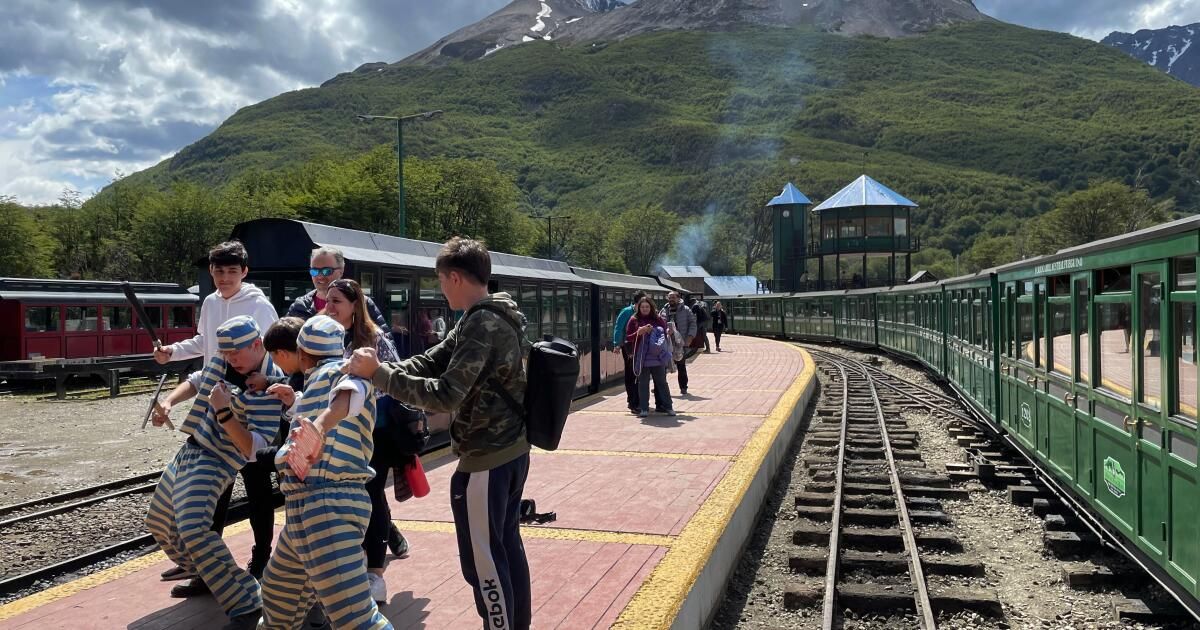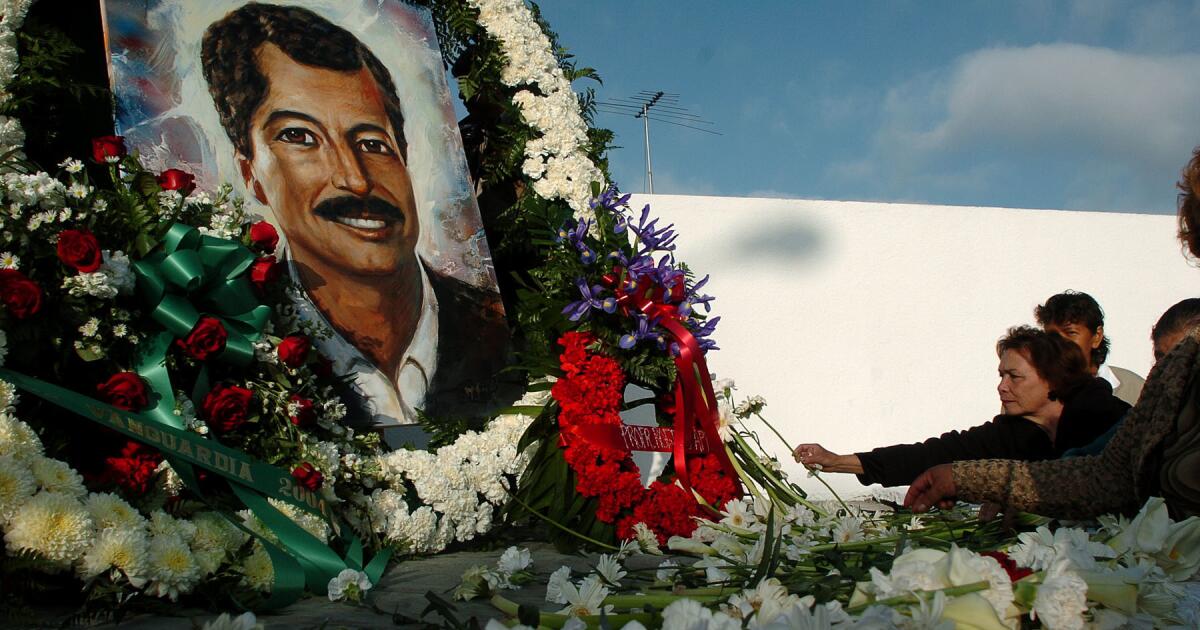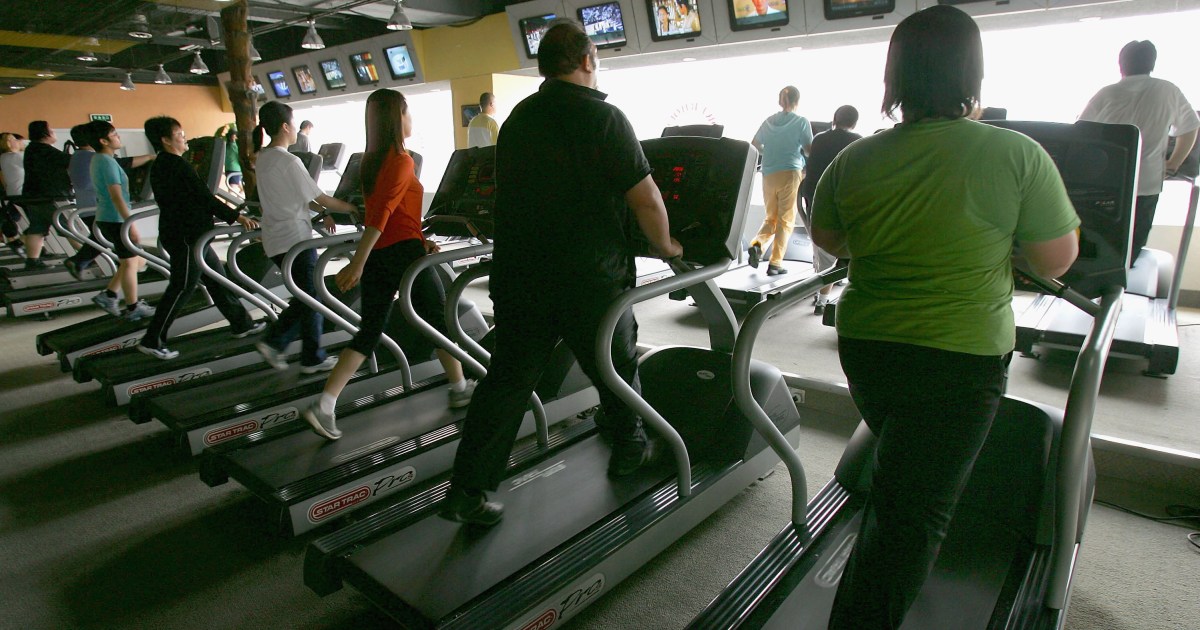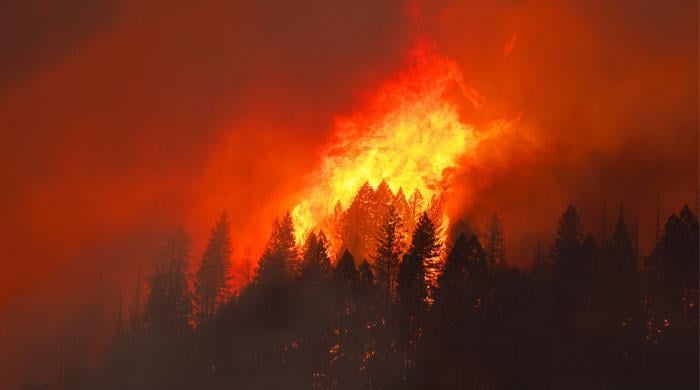Some call this prison the Alcatraz of Argentina. Its inhabitants helped build what is known today as the city at the end of the world.
Sent here in the early 20th century to populate the southern tip of the country, they paved the roads and heated the houses with wood transported by train from nearby forests. Ushuaia's frigid climate and remote location meant that if inmates managed to escape the prison grounds, they rarely made it far.
Located along the Beagle Channel with snow-capped mountains behind it, Ushuaia grew to become a major port city of 80,000 people and a center for ecotourism. Ships leave regularly for Antarctica.
The prison has been converted into a museum and a “dark tourism” attraction – like Chernobyl – that serves as a reminder that Ushuaia owes its existence largely to the work of inmates.
Visitors walk through the long pavilions of the Ushuaia prison, now a museum.
(Leila Miller / Los Angeles Times)
Gift shops offer a seemingly endless supply of prison-themed souvenirs, including baby onesies and oven mitts in the signature design of prison uniforms: yellow and blue horizontal stripes. The End of the World Train that runs through the Tierra del Fuego National Park simulates the forest route that the prisoners took daily and invites passengers to experience “the charm of an era that has already passed.”
The kitsch fuels a debate about whether commodifying “dark tourism” is distasteful or makes history more accessible. Ryan C. Edwards, author of “A Carceral Ecology,” which examines the Ushuaia prison and its legacy, said people should not forget Ushuaia's past.
“It's so much fun to ride the train, listen to the stories, be somber about it and then be happy as you walk through the mountains,” he said.
But Ushuaia's history as a city and prison raises an uncomfortable question.
“One is due to the other,” Edwards said, “and we're okay with that?”
When Argentina established a subprefecture in Tierra del Fuego in 1884, after a treaty with Chile that divided the territory between both countries, the region was populated by indigenous people and English missionaries.
Argentine officials, including President Julio Roca, saw a prison as a way to obtain a reliable source of hands and occupy the territory to defend it from Chile. They pointed to penal colonies around the world as models, including the British settlement in Australia.
The name Ushuaia, pronounced oo-SWY-yah, comes from the indigenous Yagan language and means “the bay that faces west.”
A group of prisoners who were promised reduced sentences volunteered to move to Ushuaia to build a prison for civilians, according to Edwards. In 1902 the first stone was laid within sight of the coasts of the Beagle Channel.
1
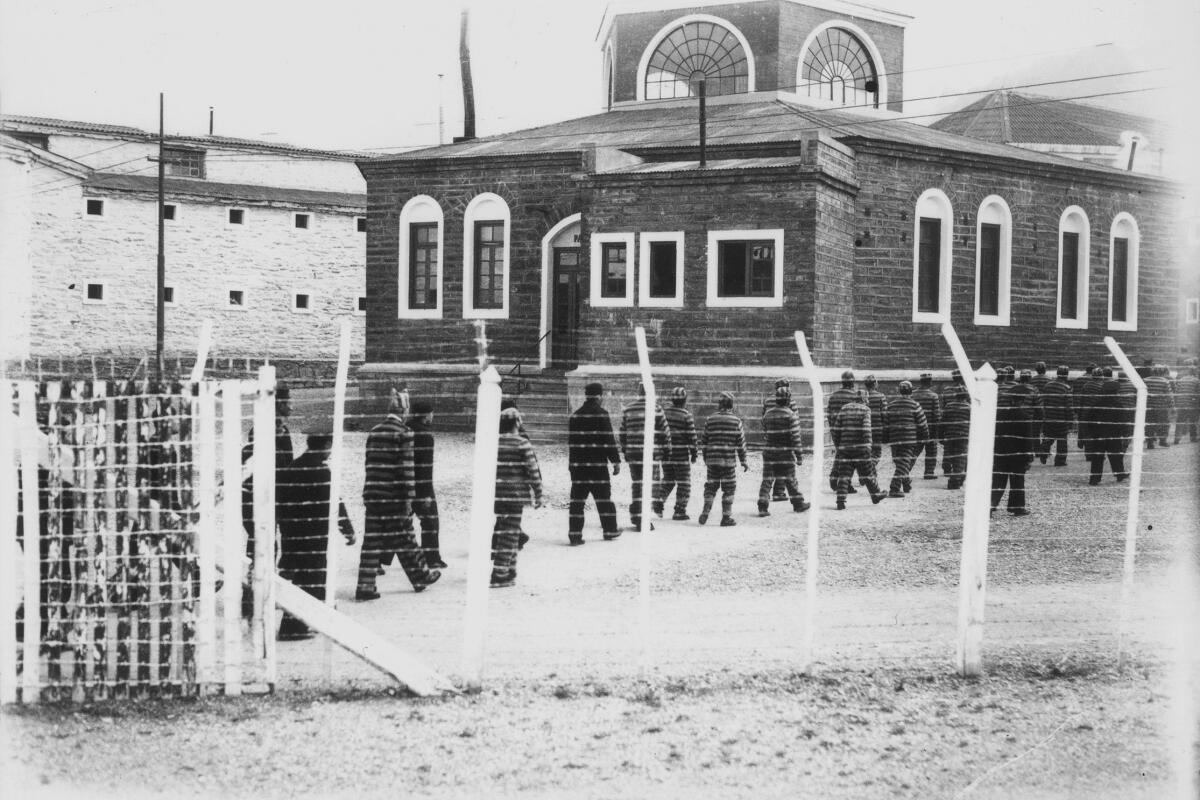
2
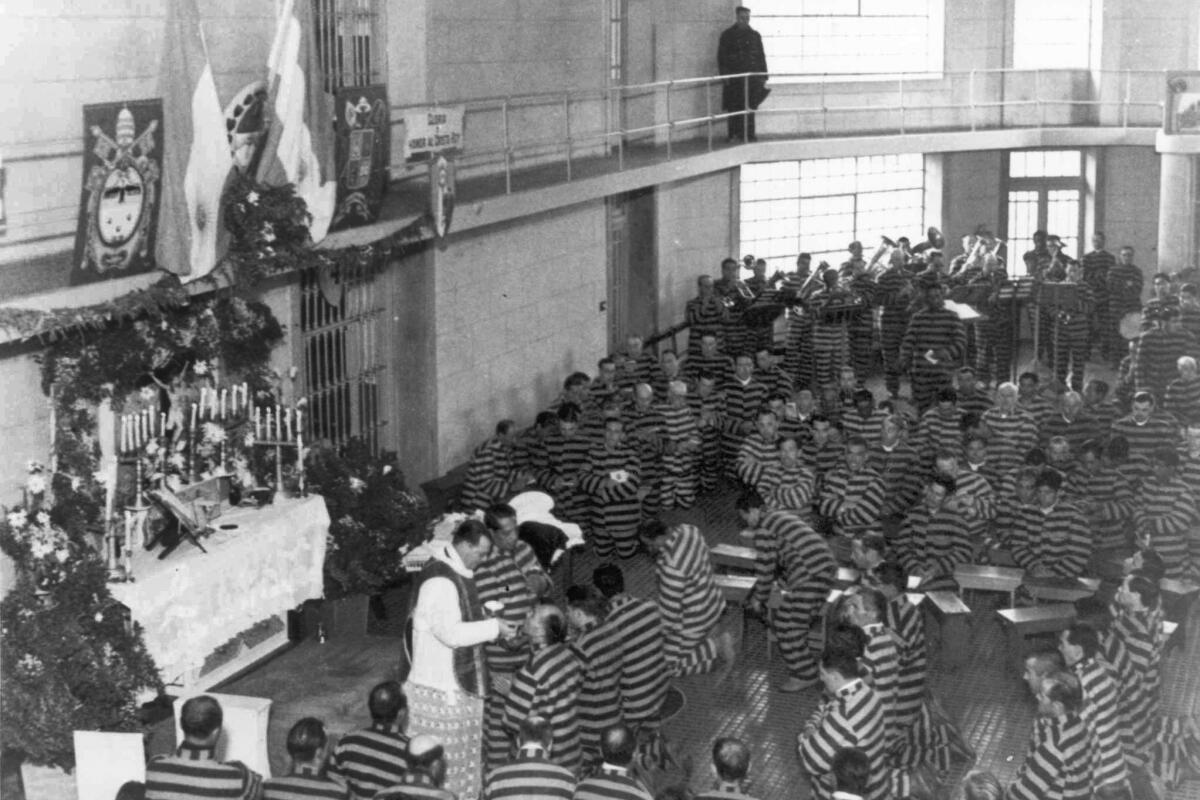
3

1. Successful prison escapes were rare in Ushuaia due to its frigid climate and remote location. 2. Inside the prison rotunda. Prisoners often lived in overcrowded conditions. 3. An exterior view of the Ushuaia prison. (Courtesy Museum of the End of the World – Ushuaia)
The prison's design, five long cell blocks that meet in a rotunda like the spokes of a wheel, was inspired by the famous Eastern State Penitentiary in Philadelphia. Some advocates thought that physical labor and the nature and cold climate of Patagonia could help rehabilitate prisoners.
“There is a belief that cold, icy areas will actually moderate criminal habits,” Edwards said. “You get a very scientific penitentiary in a very cold region that they think is healthy.”
The penitentiary grew to 380 cells and housed more than 500 prisoners at a time, and suffered from overcrowding. The prison had a bakery, mechanic, tailor shop, newspaper, and sawmill, and the prisoners were in charge of the city's construction projects. It also managed a plant that generated electricity for the city, which suffered blackouts when the prison, under the jurisdiction of the country's Ministry of Justice, cut off power during conflicts with local officials.
“The people became completely dependent on the prison,” said Silvana Mabel Cecarelli, an Argentine historian who has written several books about the prison. “They wanted a crib, they had to buy it from the prisoners.”
The escaped prisoners were not expected to survive. Some came into the wild only to start fires in the hopes of being discovered and rescued.
The prison housed famous criminals, including serial killer Cayetano Santos Godino, who was accused as a teenager of strangling children. At a time when biological traits were being studied as indicators of criminal behavior, Godino became known to the public for his large ears and was nicknamed the short eared“the short man with big ears.”

File photograph of prisoners in striped uniforms.
(Courtesy Museum of the End of the World – Ushuaia)
The case of Simón Radowitzky, an anarchist who was transferred to Ushuaia in 1911 after murdering the Buenos Aires police chief following violent clashes between police and labor movement protesters, brought media attention to the prison and fueled lawsuits. for its closure.
Journalists who visited wrote about illness and lack of heat. A journalist from a Buenos Aires newspaper who secretly interviewed prisoners while they worked outside wrote that “Ushuaia, the cursed land, is a disgusting stain on the Republic.”
“It was like leaving them forgotten,” Cecarelli said. “The area became famous as a place of punishment; That is why it was called 'Siberia Criolla'”, Argentine Siberia.
As the number of prisoners and penitentiary employees grew, the population of Tierra del Fuego increased from 477 in 1895 to 2,504 in 1914.
Ushuaia families adapted to the environment, warming their beds with heated bricks and spending their free time ice skating in the street, climbing a nearby glacier, and hiking in the forest. News from Buenos Aires and the rest of the world came by radio, and canned food and supplies arrived at the port on cargo ships.
Mar Tita Garea, 84, a resident of Ushuaia and known as one of its “old residents,” recalled how her father, who worked in the prison tailor shop when she was a child, brought home fresh bread from the prison bakery every day. the days. .
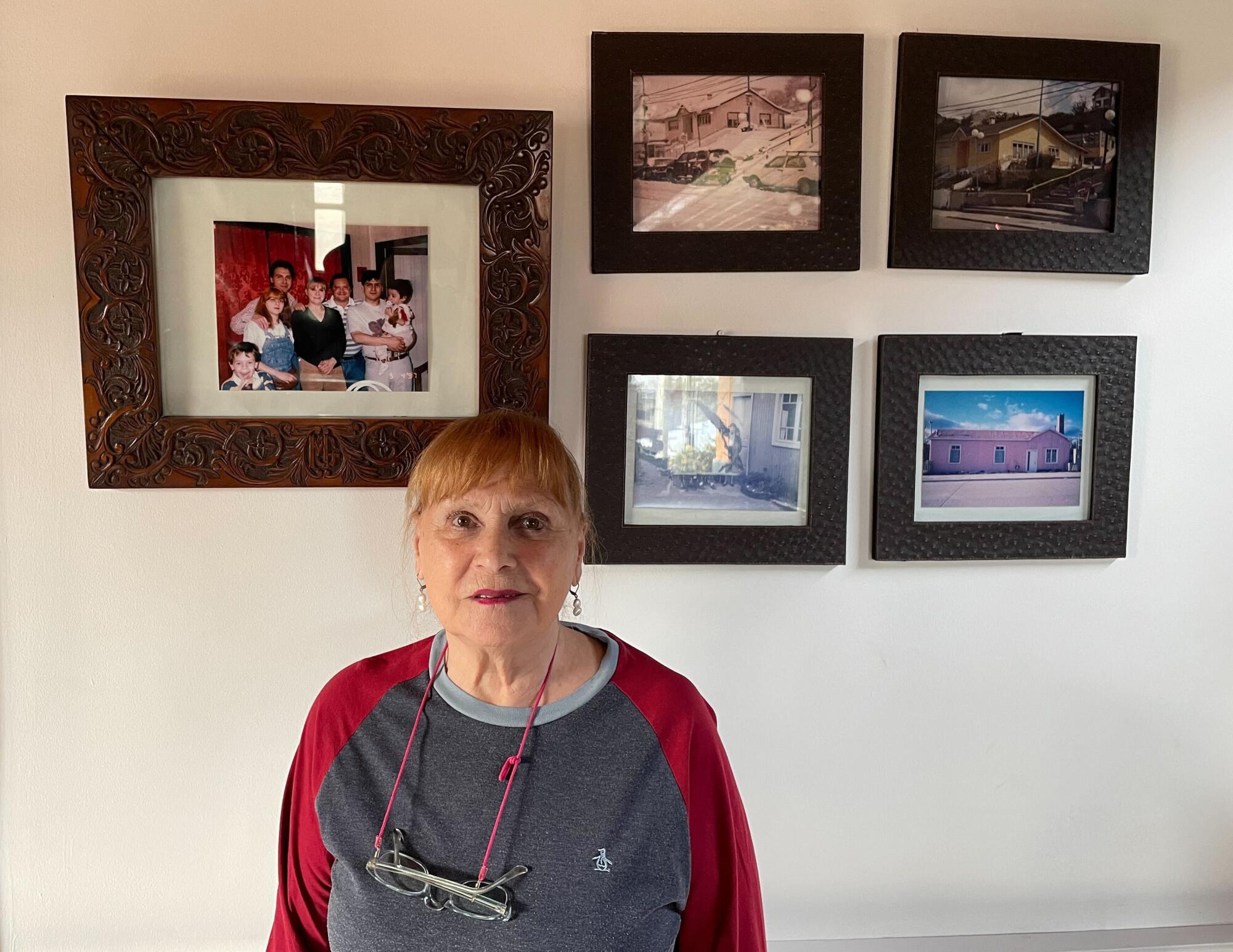
Mar Tita Garea, 84 years old, is one of the “old residents” of Ushuaia. Her father worked as a tailor in prison.
(Leila Miller / Los Angeles Times)
“It was delicious, even tastier than what my mother would make,” he said.
Garea occasionally listened to the prison orchestra, which performed for the public on national holidays, but he worried that news that a prisoner had escaped would spread through the city.
“People would be scared, or at least I was scared,” he said.

Tourists sit next to a prisoner mannequin inside the prison museum.
(Leila Miller / Los Angeles Times)
Another resident, Rúben Muñoz, 85, whose uncle was a prison guard, remembered gathering every night with other children from the city to watch the train carrying prisoners returning from collecting wood pass along a main street.
“There was no TV or movies, so it was kind of entertainment,” he said.
In 1947, President Juan Perón announced the closure of the prison following national reforms that created rural, labor-oriented prisons throughout Argentina in order to support the development of agricultural communities.
Ushuaia, even without its prison, continued to grow steadily. In the 1970s, tourism in Antarctica, a two-day boat trip away, boomed. Tax exemptions created in Tierra del Fuego to attract people to the province led to the development of a manufacturing center that today produces almost all of Argentina's mobile phones and televisions.
Today, tourism is one of the city's livelihoods. In summer, visitors fill the narrow downtown streets, where agencies offer penguin tours and last-minute trips to Antarctica and souvenir shops sell mugs and T-shirts that say “end of the world.”
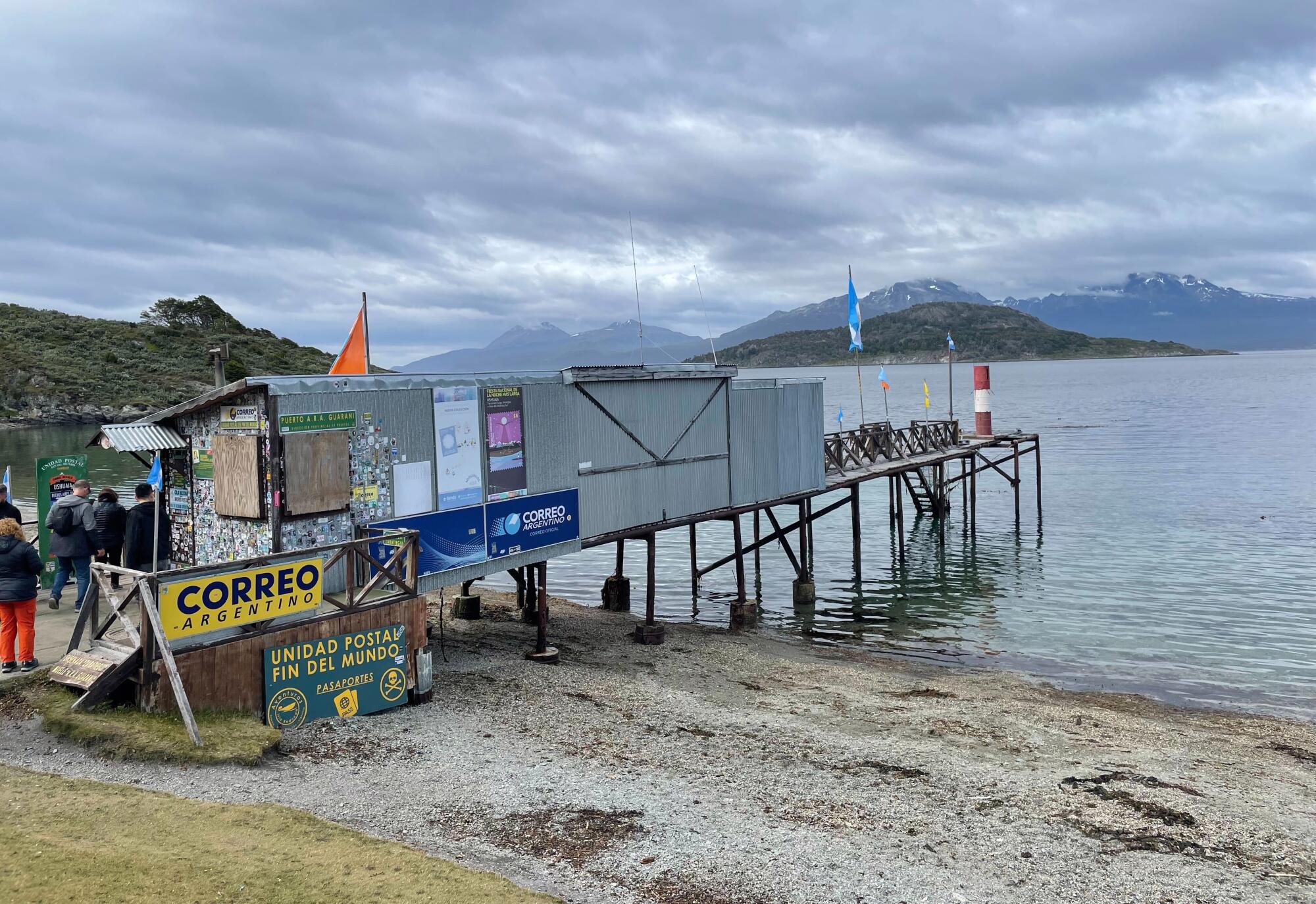
Argentina's “post office at the end of the world” in Tierra del Fuego National Park.
(Leila Miller / Los Angeles Times)
Before boarding the End of the World Train, passengers take photos with staff dressed in horizontal stripes to pretend to be prisoners. A recording tells the story of the prison in several languages as the train passes a glistening river and valleys. The venture has been a success. Last year, the train had 259,000 passengers, up from 102,000 in 2013. A decade earlier, it had 60,000.
A uniformed guard mannequin greets visitors at the entrance to the prison, which in the 1990s was converted into a museum by a group of locals. Repainted cells house exhibits, and two pavilions house an art gallery and gift shop.
Tourists take photos with a prisoner figure sitting on a coffee table inside the rotunda. Rolando Bianco, a Buenos Aires businessman, posed for a photo with a diploma from the gift shop declaring that visitors are “free.”
“Something funny,” he said. “You have to take life like that.”
Many locals are happy with the boost in the economy. Ana María Calderón, whose father was an orphan in Buenos Aires and had never heard of Ushuaia when a church found her a job there at age 20 helping print a newspaper, said that when she grew up, the city felt very dull.
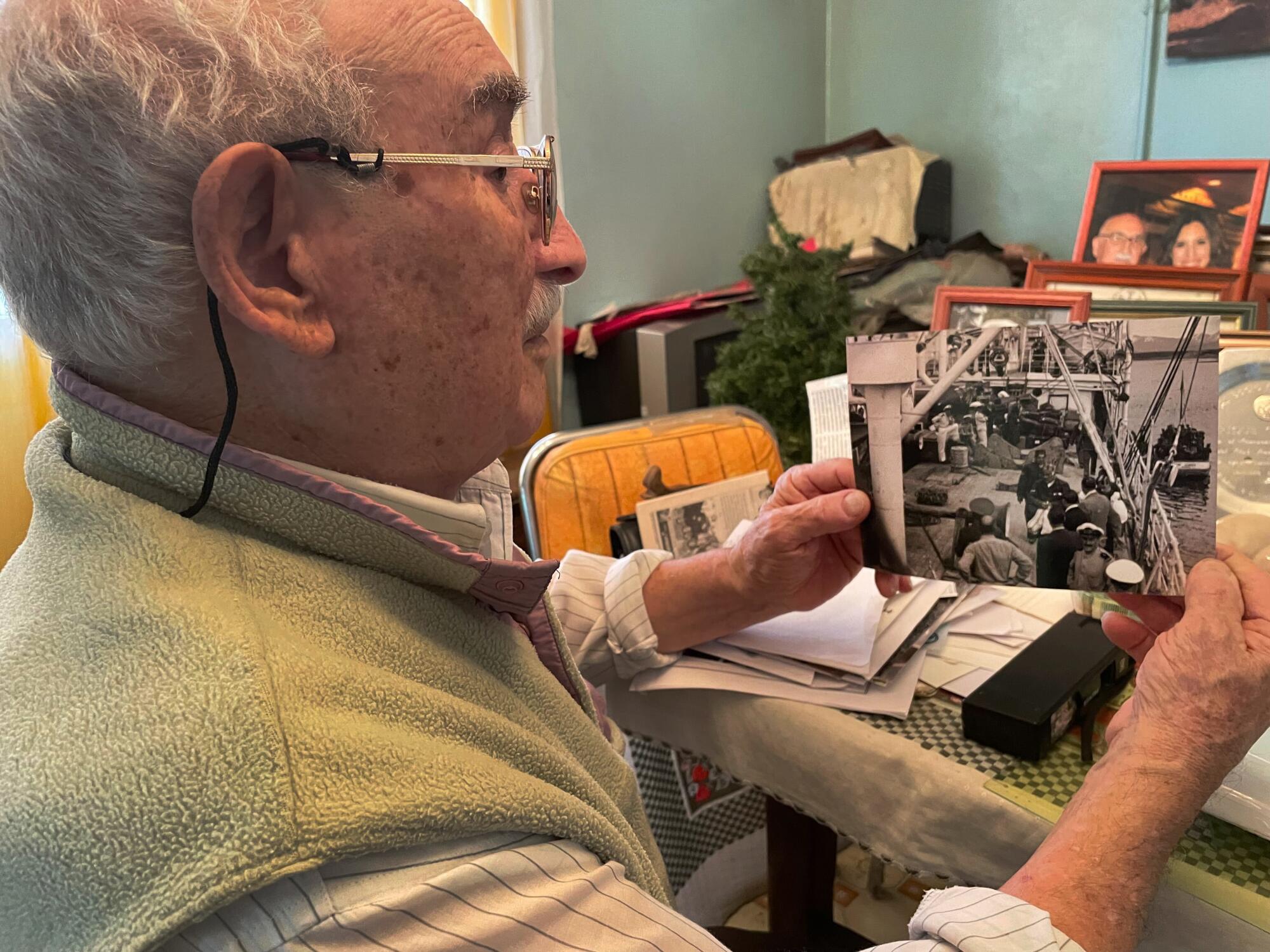
José Enrique Cisterna, 95 years old, looks at an old photograph of the prison. Cisterna moved to Ushuaia at age 18 and worked at the naval base that took over the prison.
(Leila Miller / Los Angeles Times)
“Seeing the people, the boats, it gives me life,” he said.
But José Enrique Cisterna, a 95-year-old man who moved to Ushuaia at 18 and worked at the naval base that took over the prison, said it is important to remember that “the suffering of the prisoners helped expand the city.”

